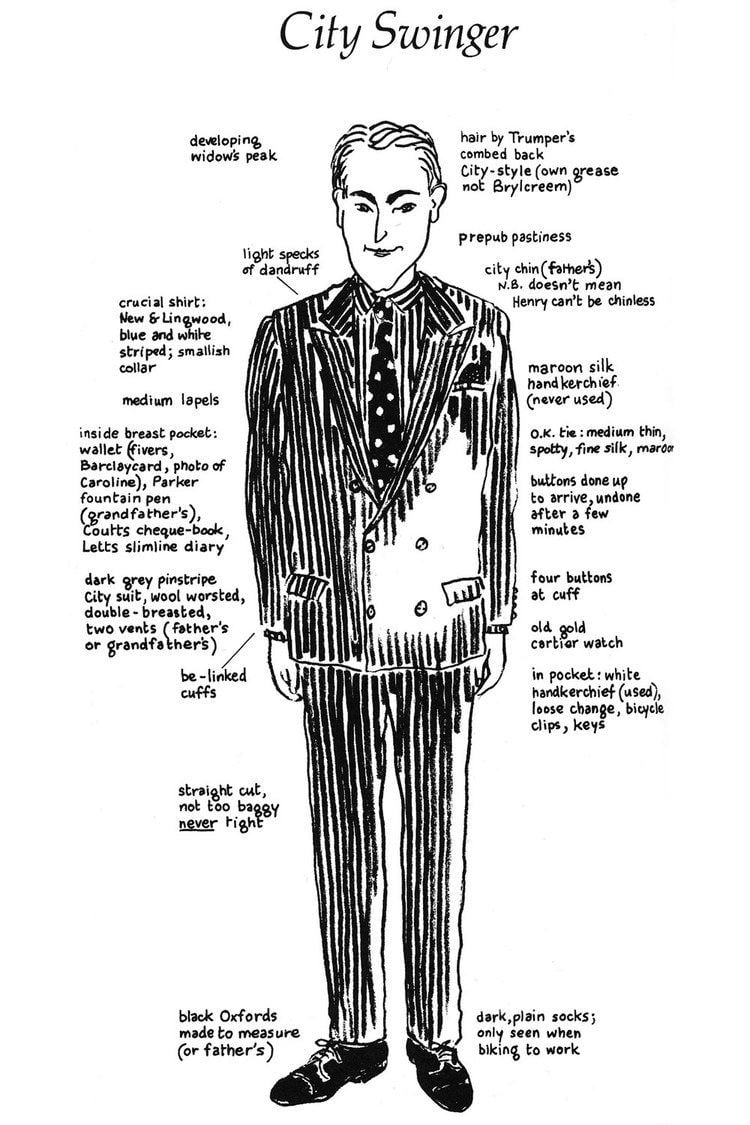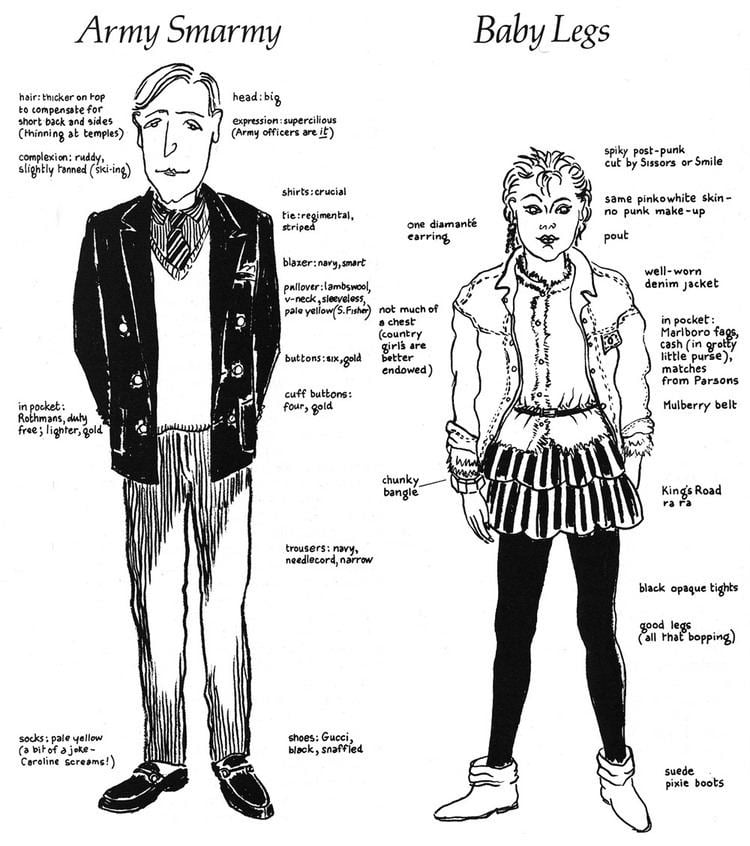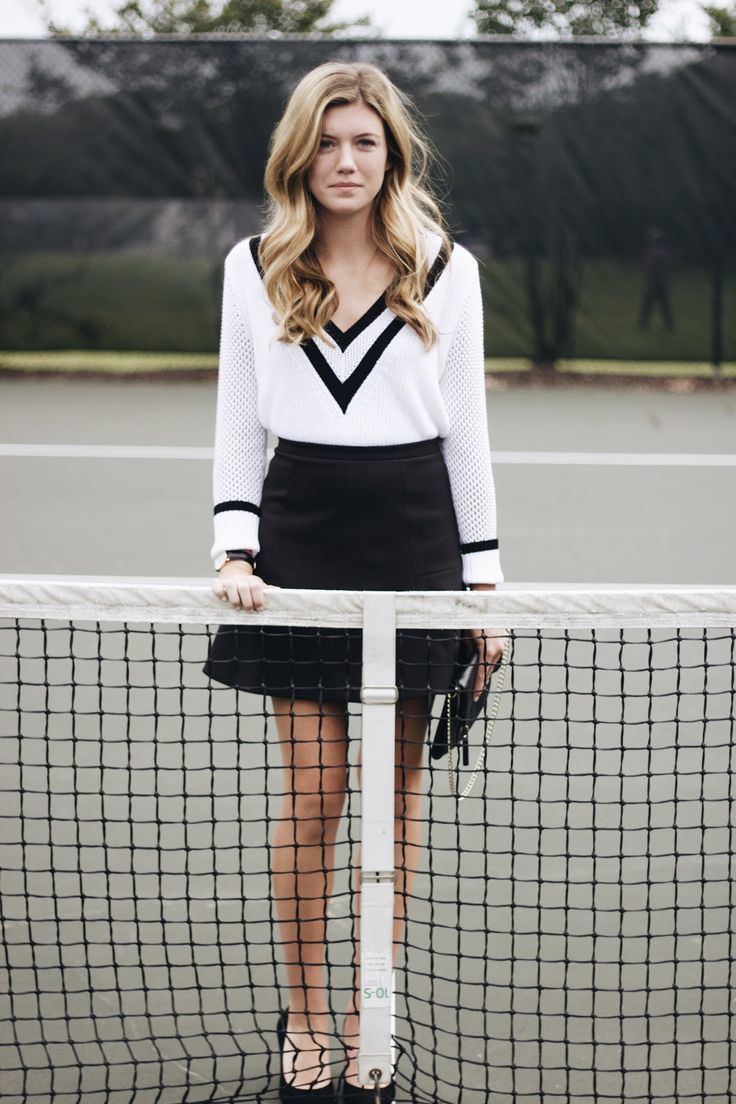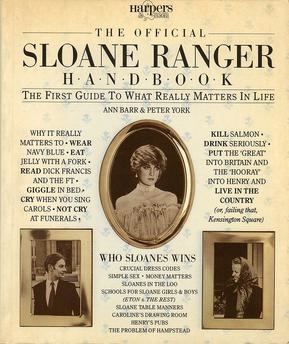 | ||
Similar Rah (slang), Franklin (class), Landed gentry | ||
In the United Kingdom, a Sloane Ranger (sometimes shortened to Sloane or Sloanie) is a stereotypical young upper-middle or upper class person who pursues a distinctive fashionable lifestyle. The term is a portmanteau of "Sloane Square", a location in Chelsea, London famed for the wealth of residents and frequenters, and the television character The Lone Ranger. Female Sloanes, especially those involved in equestrian activities, were often seen in the 1970s around London wearing Hermès or Liberty silk head scarves distinctively tied just below the mouth, masking part of the face, which furthered the "Lone Ranger" jest.
Contents
- How the World Works by Peter York
- The Official Sloane Ranger Handbook
- Sloane territory
- Notable Sloanes
- References

The term dates from 1975, when aspiring writer Peter York had conversations with Ann Barr (then features editor of UK magazine Harpers & Queen) about what had become a recognisable tribe of young people living in Chelsea and parts of Kensington. This led to an article for the magazine, defining the characteristics of this slice of English society.

Several years passed before the two collaborated on the Official Sloane Ranger Handbook, which became a global bestseller in 1982. The innovatory journalistic format and techniques from the 1975 article had by then become well established. Ann Barr and her editorial team at Harpers & Queen spent much time working on the original draft of the 1975 article. The potential of the piece, to become a talking point and to define a new form of social comment, was seen from the start. Barr and the sub-editors at the magazine devised many of the 'attributes' of a Sloane, added as boxes to the main text, in what became a widely imitated format. These delineated the habits and customs of the social group in question, from clothes, to shopping, to holiday venues, to choice of marital partner.

The Sloane Ranger proposal came from Martina (Tina) Margetts, a sub-editor on Harpers & Queen who worked (with fellow sub-editor Laura Pank) on the 1975 article. In her early twenties she had found herself amongst this social group while undertaking a course on fine art at the Victoria and Albert Museum.

Initially the term "Sloane Ranger" was used mostly in reference to women, a particular archetype being Diana, Princess of Wales. However, the term now usually includes men. A male Sloane has also been referred to as a "Rah" and by the older term "Hooray Henry". The term Sloane Ranger has equivalent terms in other countries: in France they are called 'BCBG' (bon chic bon genre), while a near analogue in the United States is the preppy subculture.

How the World Works by Peter York
The Official Sloane Ranger Handbook

Sloane Ranger, a commonplace term in 1980s London, was originally popularised by the British writers Peter York and Ann Barr in the book Style Wars (1980), followed by The Official Sloane Ranger Handbook (1982) and its companion The Official Sloane Ranger Diary. The books were published by the British society-watcher magazine Harpers & Queen, for whom Peter York was Style Editor and "was responsible for identifying the cult phenomena of "Sloane Rangers" and "Foodies".

The exemplar female Sloane Ranger was considered to be Lady Diana Spencer before marrying the Prince of Wales, when she was a member of the aristocratic Spencer family. However, most Sloanes were not aristocrats as Lady Diana was. Considered typical of SRs was patriotism and traditionalism, and a belief in the values of upper class and upper-middle class culture, confidence in themselves and their given places in the world, a fondness for life in the countryside, country sports in particular, philistinism and anti-intellectualism. The title of the Sloane Ranger handbook lists the subheading "the problem of Hampstead", in reference to the stereotypical Sloane Ranger's supposed antipathy to the champagne socialist stereotype of the Hampstead liberal.
Sloane territory

Although Sloanes are nowadays supposedly more widely spread and amorphous than in the past, they are still perceived to socialise in the expensive areas of west London, most notably Kings Road, Fulham Road, Kensington High Street, and other areas of Kensington, Chelsea and Fulham. The pubs and nightclubs in these areas are popular with Sloanes, in particular the White Horse pub, known as the "Sloaney Pony" in Fulham, and the Admiral Codrington, known as "The Cod", in Chelsea.
Sloanes are associated with being educated at top-tier private schools, known as public schools in England. The most well-known schools for Sloane Rangers boys are Eton, Harrow, St Paul's, Westminster, Radley and Sherborne School. For girls, it's Francis Holland, Downe House, St Paul's Girls' and Queen's Gate.
Young Sloanes aspire to attend the ancient universities of Oxford and Cambridge, or Durham, which have a reputation for upper class attendance. A number of other universities, however, have established reputations as havens for Sloanes, notably St Andrews, Nottingham, the University of London, Edinburgh, Exeter, Bristol and Newcastle.
Typically Sloane careers include banking, finance, PR, certain regiments of the British Army, chartered surveyors or journalism.
In 2015, Peter York argued that the Sloane population has been winnowed and that Sloanes were more likely to be leading the British trend to downward social mobility.
Notable Sloanes
The following people have been considered as past and current Sloanes:
